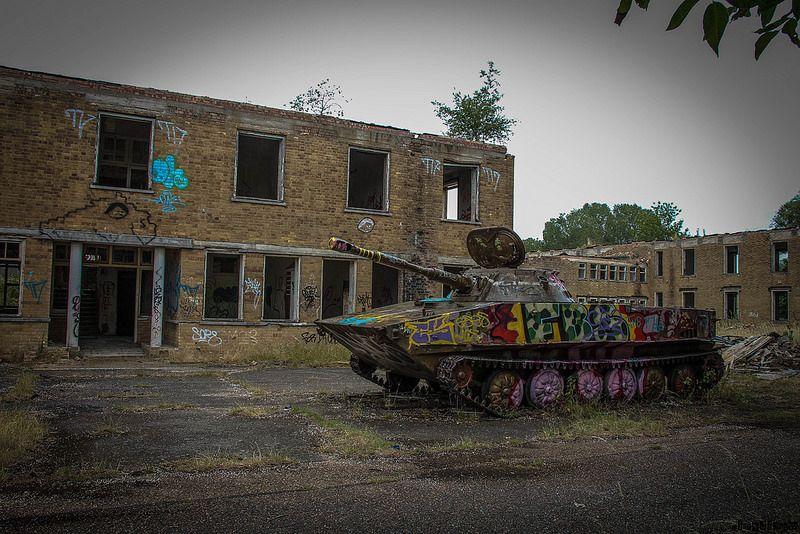

The new upper classes of the North were made up of the families of wealthy manufacturers, professionals such as lawyers or judges, and those engaged in real estate, finance, and commerce. The urban poor, meanwhile, were lucky to have any light in the evenings or a hearth to keep them warm in the winter. Some fortunate homes even received gas lighting. They also lit up their homes with lamps that burned sperm oil from whales and kept themselves warm with coal-burning stoves that were more efficient than fireplaces. The wealthy began to build indoor toilets, also called water closets, in their homes in 1815.
#Urbanization dirty land windows#
Inhabitants also threw their refuse out of their windows and into the streets, where roaming pigs, goats, and dogs were the main method of trash removal. In addition, streets were filled with the manure produced by the many horses that were used for transportation, making an ordinary walk a dirty and dangerous proposition. Most urban dwellers did not have indoor toilets, so they used outdoor privies (toilets), the sewage from which often leaked into the water supply. Distrust of those who were unknown or different marked the lives of city people in a way that it never had before.įrom the mid-1800s, when immigrants from Ireland and Germany poured into the United States, the rapid growth of America's cities led to a crisis in living conditions that included overcrowding, unhealthy drinking water, the lack of sanitary conditions for waste disposal, and the spread of disease. In the sea of unfamiliar faces people tended to pull back into smaller circles of friends. People in small villages knew their neighbors intimately, but city dwellers were confronted with strangers nearly every time they left their houses.

As the cities grew, the way their residents viewed their community and lived their daily lives changed forever. Overall, during the nineteenth century, the nation's urban population grew at a rate of 60 percent per decade. But as the economy changed in the 1820s and 1830s, the lure of steady work drew large populations to New York City, New York Boston, Massachusetts Philadelphia, Pennsylvania Cincinnati, Ohio Baltimore, Maryland and other cities, most of them in the North. Most people made their living working off the land or by manufacturing items in their homes to sell to the farmers who lived nearby.

In 1800 America was a rural nation made up almost entirely of farms and small towns. Although the government would later reconsider this act, a high percentage of Native Americans became urban because of it.

The goal of this governmental act was to "terminate" the tribes and eliminate the reservations.
#Urbanization dirty land series#
government passed a series of acts intended to remove the Native Americans from reservations and relocate them to the cities, where, it was determined, they would assimilate into (blend into) U.S. Some moved to the cities to look for work or opportunity. By 1915 they were heading to the industrial cities by the thousands, beginning the historic African American Great Migration.Īll the migrations that occurred during the United States from its founding had pushed Native Americans into smaller and less accommodating reservations as the country continued to take the lands that had once sustained them. They also desired to escape from racism in the post– Civil War South, which had fought in favor of slavery and was bitter about losing the war and the right to own slaves. African Americans in the South were drawn to the cities of the North by the promise of work and improved circumstances. The turn of the century would be a time of great movement from the farmlands to the cities of America owing to the jobs and demand for labor caused by industrialization. With growing populations in the Great Plains and the West, the frontier was considered closed. B y 1890 the United States had expanded from the Atlantic Ocean to the Pacific.


 0 kommentar(er)
0 kommentar(er)
